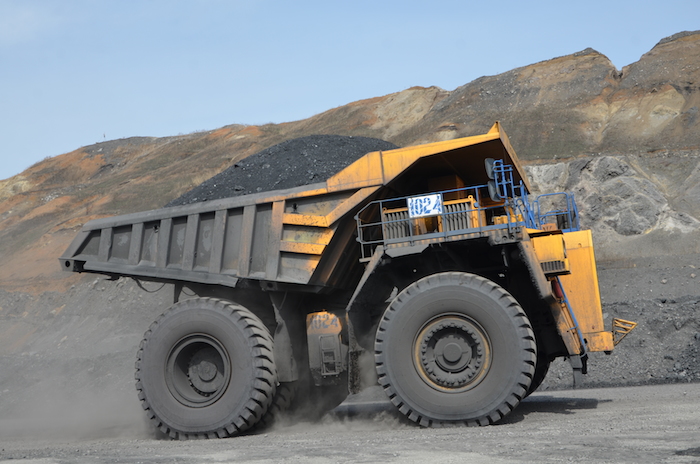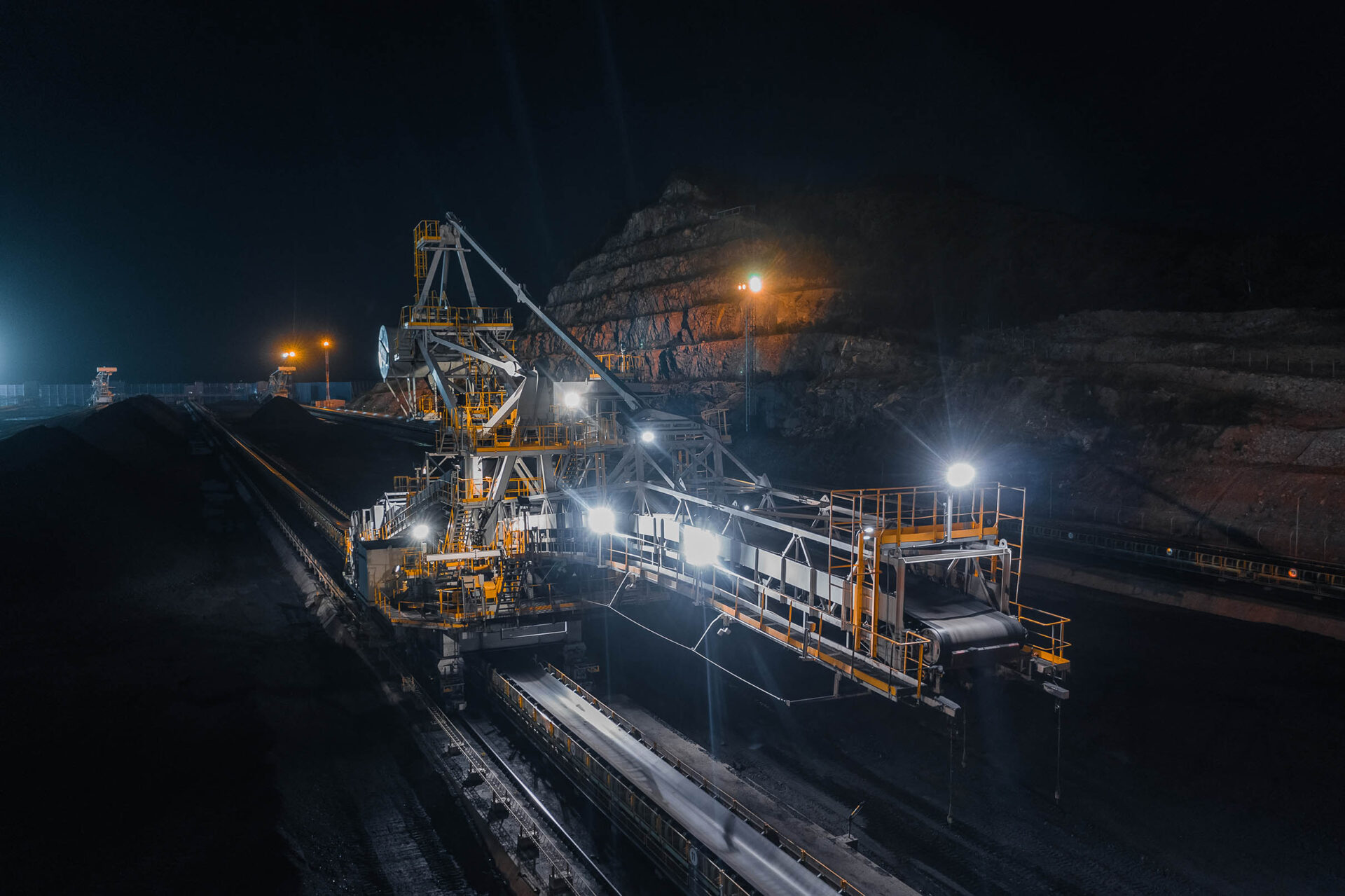

China’s coking coal prices are expected to decline in 2020, pressured by large quantities of import coal and restrained appetite from coke plants, said analyst from Chinese consultant Fenwei Energy Information Services Co., Ltd. on December 11.
A downturn has spread in domestic coking coal market since April, along with resumption of domestic production, clear increase in imports and tepid demand from coke sector, said Liu Yanjun, manager of Fenwei Price Center at a coal market analysis and investment strategy forum in Tangshan of Hebei, co-held by Sanli Futures and Fenwei Energy.
As of December 6, Fenwei CCI index for Shanxi low-sulfur primary coking coal slumped 348 yuan/t from last peak of 1,715 yuan/t in early March to 1,367 yuan/t ex-washplant with VAT.
Price spread between high and low-sulfur coking coal has kept narrowing down since this year, sliding from 533 yuan/t early February to current 272 yuan/t which is deemed reasonable, said Liu. “Chinese coke producers reduced use of domestic low-sulfur coking coal to reduce cost as import coal was more cost effective,” she elaborated.
Upbeat expectation now dominates China’s coking coal market, which may see mild price rise leading up to the Spring Festival supported by supply cutbacks amid safety checks and stable demand, according to Liu, adding high stocks at mines and coke plants may cap upside potential.
The expected upward momentum may point to a near-term market similar to late last year, with Shanxi low-sulfur primary coking coal hovering high around 1,700 yuan/t from end-November 2018 till late March this year.
Seaborne import coking coal held high above $200/t in the first half of the year, averaging $206/t. Price of low-volatile hard coking coal has dropped by $73.25/t from this year’s peak to $144/t, as China tightened grips on imports and buying interest also dwindled in Japan, South Korea and India.
Flagging Chinese coking coal market this year was linked to dwindling coke prices under pressure from high operating rate at coke plants, and high stocks at transfer ports and steel mills, according to Liu.
She noted the future coke market may be range-bound under a combination of bullish and bearish factors.
Coke producers may face more frequent production curbs as northern regions are likely to issue orange pollution alert to fight winter smog, and de-capacity move may step up in eastern China’s Shandong province, cutting coke availability.
Other optimistic signals included pre-holiday restocking from steel mills and tight transport amid adverse weather, especially after rail bureaus wrapped up this year’s delivery plans.
Still, some other market participants took bearish views, saying high production at coke plants amid continued margins, sell-off for cash return, expected import coke arrivals, and curtained buying from high-stocked steel mills all would have a bearing on future coke prices.
Based on big data-based 42-day forecast model, Fenwei assessed the average price of Australian low-volatile primary coking coal would retreat during January 9-15 after reaching peak in late December, and that of Quasi Grade I met coke at Rizhao port of Shandong would also face a decline.
Source: SXCoal.com













